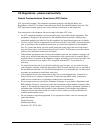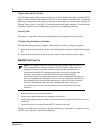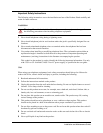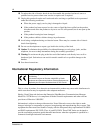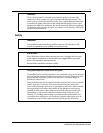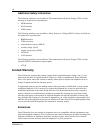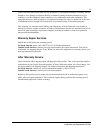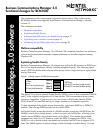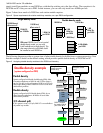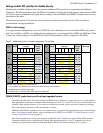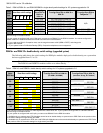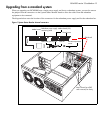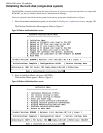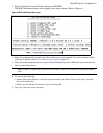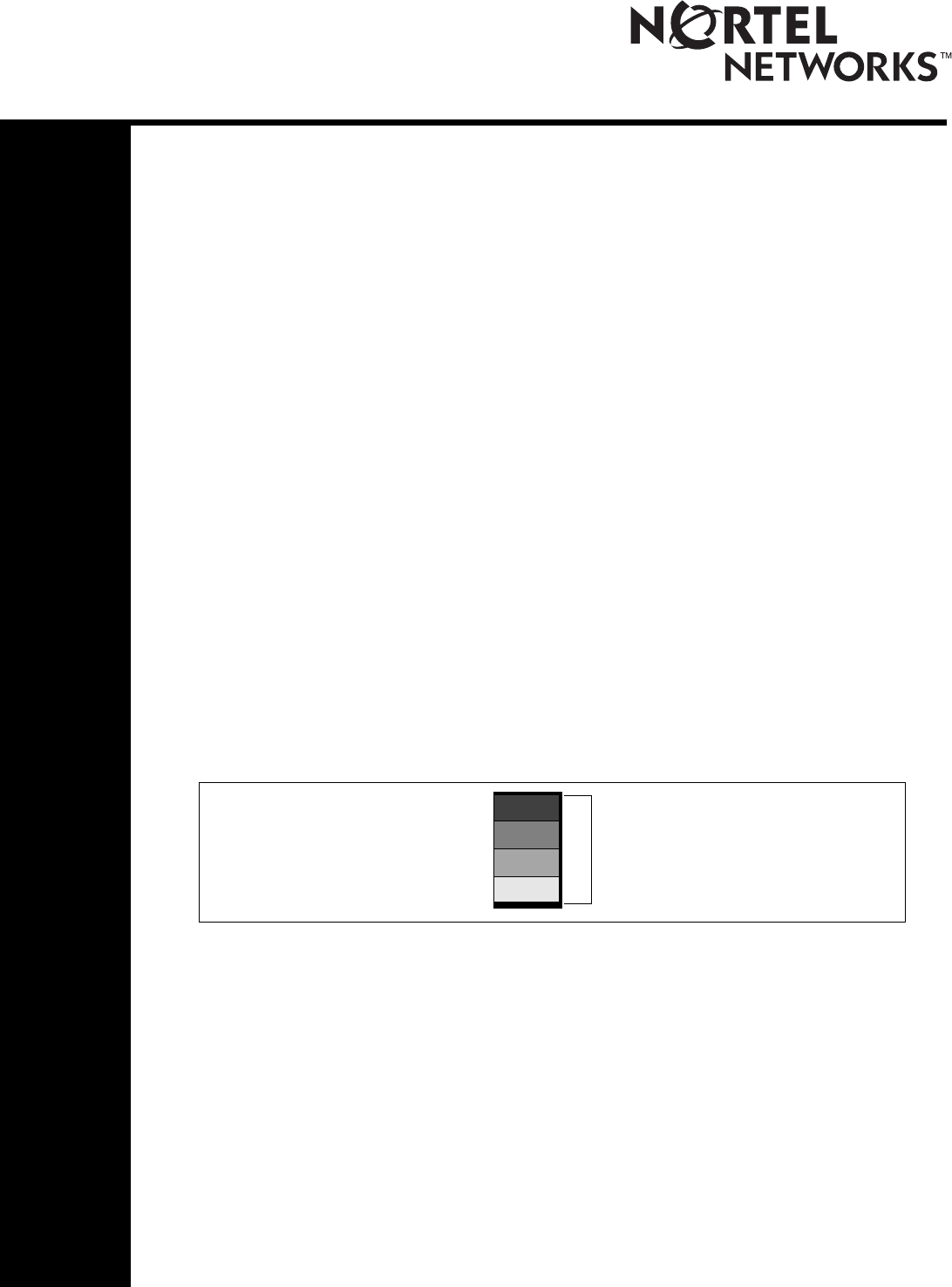
Functional changes, 3.0 software
Business Communications Manager 3.0
functional changes for BCM1000
This document provides supplemental information about release 3.0 for systems using
BCM1000s that has been upgraded from Business Communications Manager, software
version 2.5.
This information includes:
• Platform compatibility
• Explaining Double Density
• Setting module DIP switches for double density on page 17
• Upgrading from a standard system on page 19
• Initializing the hard disk (single-disk system) on page 20
Platform compatibility
Business Communications Manager 3.0 is Windows XP compatible, therefore, any references
in the main document about required computer platforms can include computers running
Windows XP.
Explaining Double Density
Business Communications Manager 3.0 software now utilizes the B2 channels on DS30 buses
02 to 07 for digital telephones, thereby, doubling telephone capacity. The following figure
shows a DS30 bus broken down into four offset groups of four (single density) or eight (double
density) lines each.
Figure 1 Offsets are part of DS30 bus line groups
The default 3.0 system is a Partial Double Density (PDD) system, in that it maintains DS30 06
and 07 in the original configuration of 16 lines per bus. This accommodates those systems
which use Companion. If you choose to set your system to Full Double Density (FDD),
DS30 06 and 07 become FDD and are no longer available for Companion operation.
To take advantage of the double density functionality, you require DSM16+ or DSM32+
modules. The existing ASM8 modules can also utilize FDD.
Full double density means that instead of a DSM16 module occupying a full DS30 bus, the
DSM16+ can be set to double density, so that it occupies only half the bus, allowing you to
install a second DSM16+ set to double density with offset 1. This doubles the available
telephone lines from 16 to 32. Similarly, where the DSM 32 required two DS30s, if the
DSM32+ is set to double density, the module only requires one DS30 bus to support all 32
lines. The ASM8 requires no special settings to take advantage of double density. You can
1 DS30 bus
16 lines/32 time slots (single density)
Offset 0
Offset 1
Offset 2
Offset 3
Offsets
have
four lines (single density)
32 lines/32 time slots (double density)
8 lines (double density)



